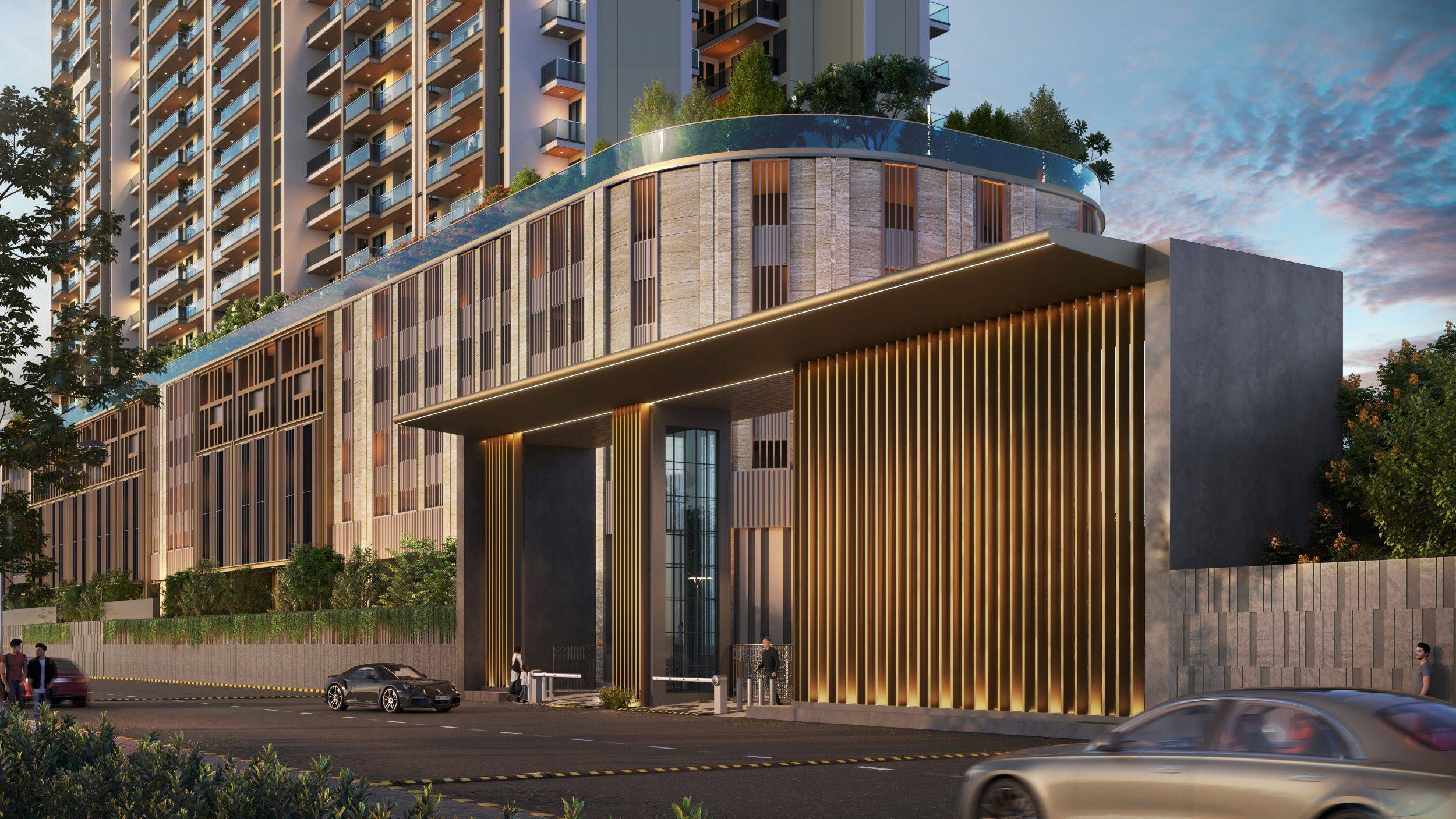Form the past two years investment interest has moved beyond Mumbai, Delhi and Bengaluru. Developers, buyers and even individuals are looking at smaller cities and for good reasons. But there are also real risks.
Why Tier-2 cities matter now
One of the biggest advantages of looking beyond metros is affordability. Prices in Tier-1 cities have become highly extended, making it difficult for both homebuyers and mid-tier developers to find viable opportunity. Tier-2 cities, on the other hand, offer much lower entry costs along with better rental yields when you compare rent against property prices, making them attractive for both end-users and investors.
Another major factor driving demand is the decentralization of jobs and services. IT/ITES companies, manufacturing hubs, and logistics parks are no longer limited to big metros; they are expanding into non-metro corridors. This shift creates Consist housing demand in these regions, as companies need a workforce that can live closer to these new premises and industrial hubs.
Infrastructure development are also attract public to invest in small cities. With upgraded highways, expanded rail networks, and improved air connectivity, many Tier-2 cities are now just two to three hours away from a major metro, boosting both live ability and investment ideas. At the same time, organized developers are entering these markets with new projects, which enhances construction quality, increases buyer confidence, and improves prospects for resale or exit in the future.
Delhi-NCR: what investors should note
Delhi-NCR witnessed a strong pickup in new launches and sales during 2024, yet the region still holds a decent unsold inventory, with estimates hang around the mid-80,000s. This is particularly important for anyone considering a purchase in micro-markets where incorporation remains weak, as excess supply can weigh down future returns.
In certain corridors especially those new expressways and in suburbs benefiting from improved connectivity have recorded sharp price appreciation, largely driven by infrastructure upgrades. What this shows is that while region-level data provides a broad picture, the real key lies in micro-market due thoroughness. Within NCR, the right location can make all the difference between slow-moving areas and strong price performance.
What the numbers are doing?
Demand in many Tier-2 cities has been frequently scale, with housing sales across the top 30 cities rising by about 11% in FY24 to nearly 2.08 lakh units a clear sign that buyer interest is no longer restricted to the metros. The picture in early 2025, however, is more refined.
While transaction volumes in some Tier-2 cities dipped in Q1, the overall value of deals actually jump-up, suggesting that hardly any units were sold but at higher price points, pointing to a shift toward premium record rather than a fall. Adding to the confidence, capital continues to flow into India, with the country ranking among the top destinations in Asia-Pacific for land and development investment during the first half of 2025 proof that long-term potential is still intact.
Delhi-NCR, though, tells a more complex story. The region saw a recoil in launches and sales through 2024, but unsold areas remains significant at around 85,000 units, especially in certain pockets. This underlines the fact that even in large, established markets, local oversupply can continue and must be considered into any investment decision.
The risks (and how they show up in the data)
Not all Tier-2 cities perform the same way, and that’s where the risks come in. In several locations, developers have exceed actual demand, leading to unsold areas piling up. This explains why transaction volumes low in certain quarters even though the overall value of sales jump-up local market powerful matter more than broad center.
Another challenge is job growth industry. Some smaller cities don’t generate secure employment opportunity, and without a strong incomes of working professionals, rental demand and long-term price valuing struggle to sustain. Quality and liquidity are also crucial concerns, in Tier-3 markets where the presence of organized, reliable developers is limited. This often affects the quality of construction, timely delivery, and the simplicity of resale.
Practical, data-driven checklist before you buy
Before investing in a Tier-2 city, it’s necessary to check if there is real job growth through new manufacturing facility, IT parks, or government projects, because without employment, housing demand weakens. You should also compare incorporation versus launches to see if new projects are overtaking. Actual sales, as this indicates risk, making it important to track sales against launches over the past 12–18 months.
Equally reproving is choosing a developer with a strong track record, since organized players with proven delivery history reduce construction delays and legal risks. Infrastructure must also be estimate carefully focus on completed or officially committed projects like highways, metro lines, or airports, rather than unfounded plans. At the same time, analyze the price track in the impose micro-market you’re considering, since broad city averages can be misleading; for occasion, Delhi-NCR shows sharp differences between fast-growing arcade and lifeless ones.
Lastly, always think about your exit plan, ensuring the property can be rented or resold within two to three years to keep your investment liquid and secure.
Conclusion
Is this the right time? The data says opportunity exists particularly for buyers with a 5+ year outlook, a focus on credible developers, and attention to local job and infrastructure trends. Institutional interest and rising demand in many Tier-2 cities show constructional change, not just a mistake. But don’t treat the move out of metros as uniform: each city (and each neighborhood) writes its own story. Delhi-NCR’s mixed signals strong corridors, large unsold pockets elsewhere are a useful model for why micro-market homework matters.









.png)